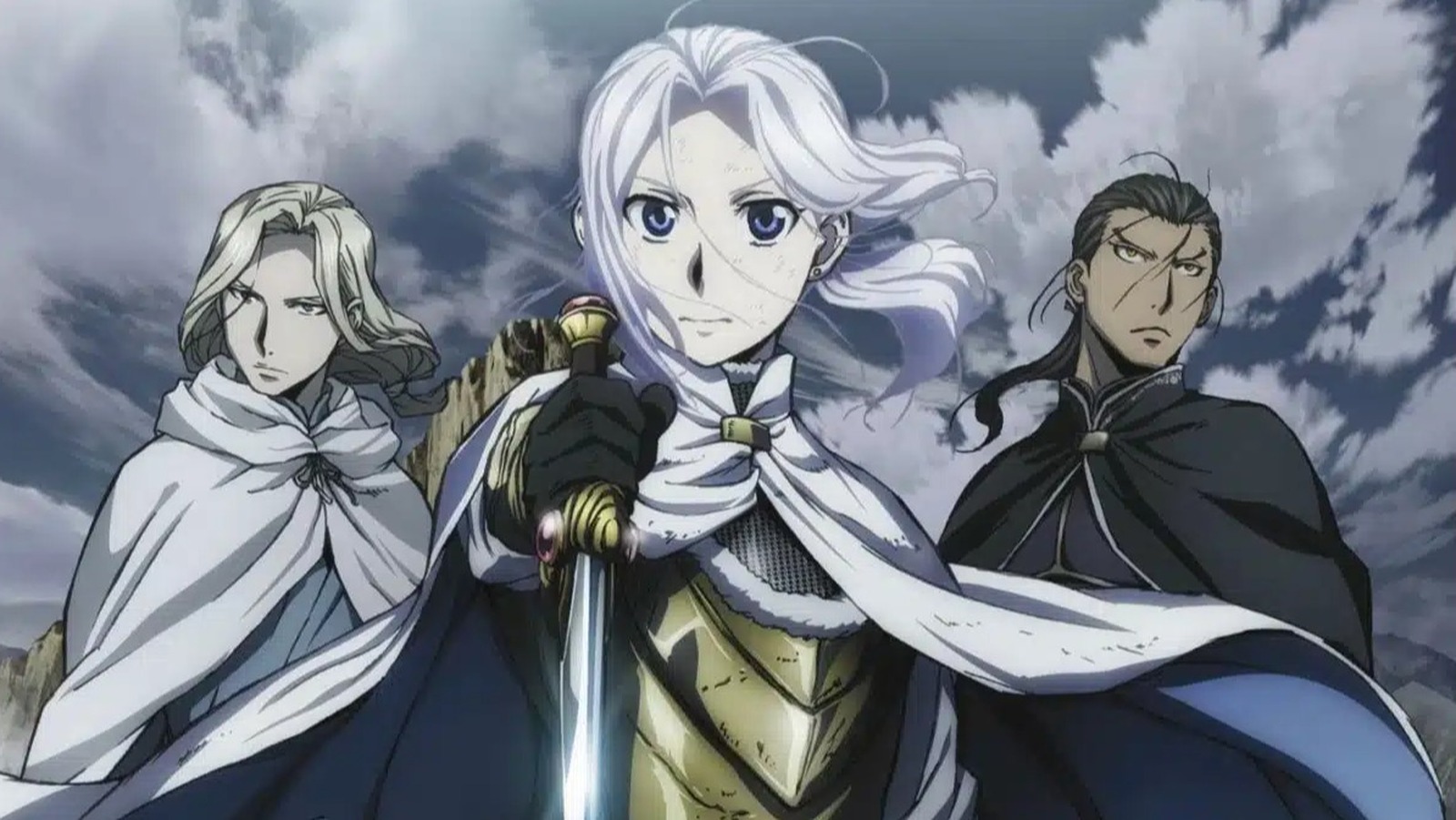
“The Heroic Legend of Arslan” began as a Japanese fantasy novel series authored by Yoshiki Tanaka. Tanaka had previously penned the space opera “Legend of The Galactic Heroes” and so, for his next project, turned to sword and sorcery. The “Arslan” novels have never been officially translated into English, but Hiromu Arakawa, creator of “Fullmetal Alchemist,” adapted them into manga in 2013, which has made it out of Japan.
Arslan is the crown prince of Pars, which is at war with its neighbor Lusitania. The Lusitanians believe in only one god, Yaldaboth, and seek to conquer and convert the whole world. The first time Arslan is brought into battle by his cold father, King Andragoras III, the Pars army falls in a trap laid by mysterious Lusitanian leader “Silver Mask.”
The king is captured, the Parsian capital falls, and Arslan barely escapes with the help of his loyal knight Daryun. Together, they build a small band, a fellowship you might say, to liberate Pars. Like in “The Song of Ice and Fire,” the broad strokes of the story are typical fantasy adventure, but they play out in a world where material politics win the day.
Despite being set in a fictional world, the story incorporates real Persian words into its dialogue; the ruler of Pars is always called a “shah,” not a king, while elite generals are called “marzbans.” Distances are measured in “farsangs” and Pars is filled with “gholams” (enslaved people — to the best of my research, this word is not related to “golem,” or a clay being with no free will from Jewish folklore. Interesting convergence of spelling and meaning, though, huh?)
The art is similarly bound to real history. Parsian soldiers are draped in plate armor and turban helmets, while the Lusitanians wear the chainmail of the Knights Templar. (To make the crusader imagery extra obvious, the Lusitanian symbol is a two-barred cross.)


Leave a Reply